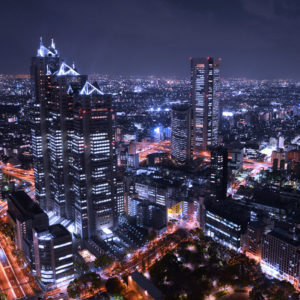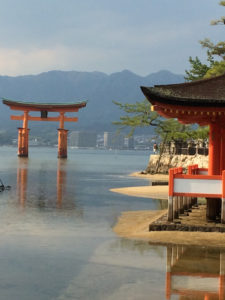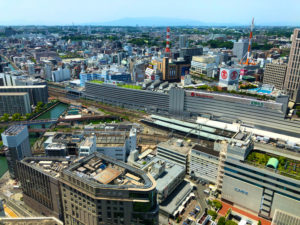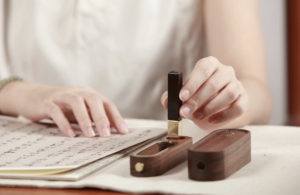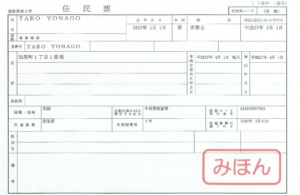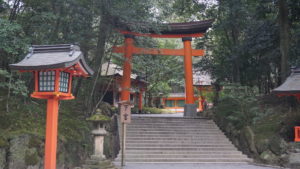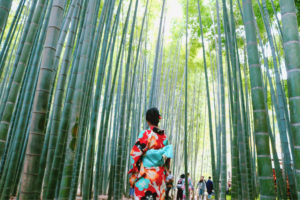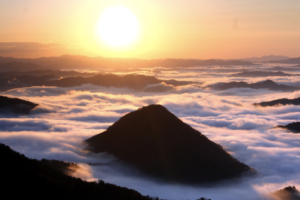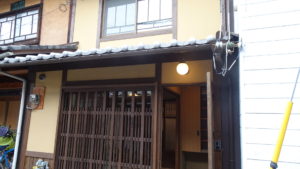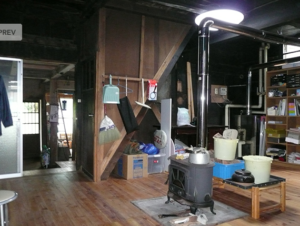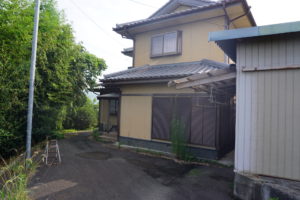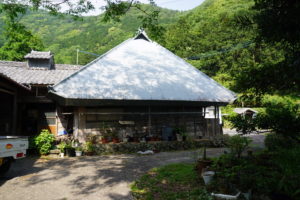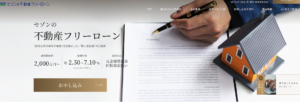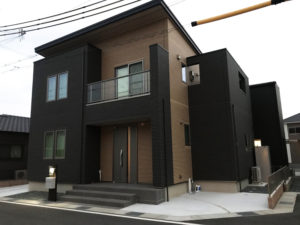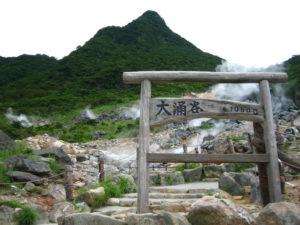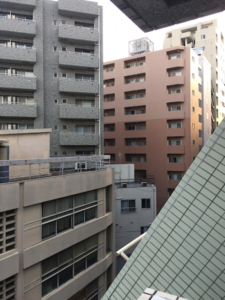***This property has been sold***
Unearth an Exclusive Treasure in Kyoto: Exceptional Property Now Available!
Kyoto: The Ancient Capital with Modern Allure
Welcome to Kyoto, a city that harmoniously blends centuries-old traditions
with the dynamic pulse of modern life.
Once the capital of Japan for over a millennium, Kyoto is steeped in history
and rich cultural heritage,
offering a unique tapestry of experiences for its visitors and residents alike.
Kyoto is renowned for its historical landmarks,
including 17 UNESCO World Heritage Sites, traditional tea houses,
and stunning temples and shrines that dot the cityscape.
Its architectural grandeur, which spans the Heian to Edo periods,
and serene gardens are a testament to Japan’s enduring craftsmanship
and aesthetic sensibility.
Beyond its historic charm, Kyoto is also a vibrant, contemporary city.
It is home to leading universities, cutting-edge technology companies,
and a burgeoning startup scene. Kyoto’s culinary landscape is equally impressive,
boasting everything from Michelin-starred restaurants to comforting ramen stalls.
The city’s well-developed public transport system, featuring both subway and bus networks,
ensures that all of Kyoto’s attractions are within easy reach.
Whether you’re exploring the iconic Arashiyama Bamboo Grove,
wandering the historic streets of Gion, or engaging with the latest innovations
in the city’s tech hubs, Kyoto offers an enriching lifestyle that few cities can match.
Now, we’re thrilled to present a unique opportunity to own a piece of this extraordinary city.
A rare and exclusive property has come onto the market,
nestled in the heart of Kyoto, waiting for you to call it home. Read on for more details.
Read more
